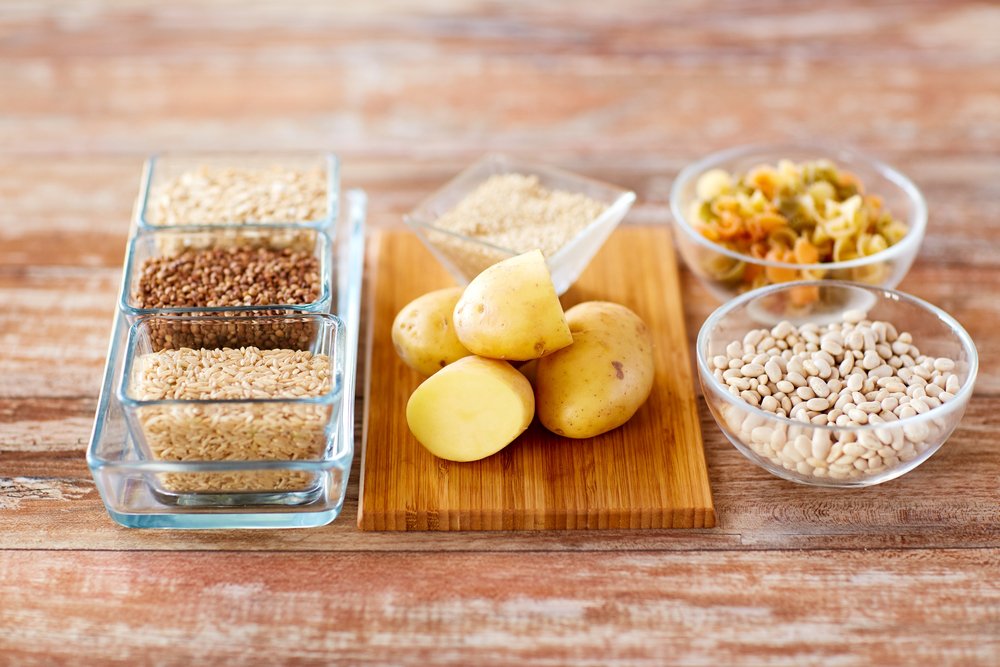
The F Word: Why You Need More Fibre
In the fitness industry, we talk about macronutrients – protein, carbs and fat. We talk about micronutrients – vitamins and minerals. Some of us even talk about certain types of food, defining them as “clean” or “dirty.” But not nearly enough of us are talking about fibre. Whatever style of dieting you follow, be it macro-counting, clean eating, Paleo, low-carb or keto, you need to start thinking about fibre.
What is Fibre?

Soluble fibre makes it “easier” to, um…… do the daily business. i.e. it keeps you regular! The other type of fibre is insoluble. This can’t be digested; rather it helps other foods move through your digestive system, and keeps you healthy. You’ll find insoluble fibre in grains (particularly whole-grains) as well as some nuts and seeds.
Fibre is actually a type of carbohydrate, hence why on a nutrition label, under “Carbs” you’ll often see totals for fibre and sugar listed separately.
It’s (Almost) Calorie-Free
While fibre does have calories, in theory it doesn’t contain as many as other types of carbohydrate. Most carbs contain 4 calories per gram, and while fibre does too, because not all fibre is digested, you actually only ingest around 1.5 to 2 calories per gram.
This isn’t necessarily worth factoring into your daily calorie intake, or making big nutritional changes based on it, but it’s nice to know that by eating a fibre-rich diet, you may actually be consuming fewer calories than you think.
Getting the Good Stuff
This one’s especially important if you’re following a macronutrient-based diet (basically IIFYM – If It Fits Your Macros.) On this style of dieting, it can become easy to focus purely on your macros, and forget about getting in good, wholesome, nutritious foods.
After all, in theory, you could hit your protein, carb and fat goals by just drinking protein shakes for your protein, and getting your carbs and fat from table sugar and vegetable oil. But that wouldn’t be too healthy!
Having a fibre goal, however, ensures that you get plenty of nutrient-dense foods, as you won’t find many high-fibre foods that don’t also contain a tonne of vitamins, minerals and antioxidants.
How Much Do You Need?
To a certain extent, more is better. If you experience digestive issues, or have a medical reason not to consume too much, you may want to speak to your doctor or a nutritionist about capping your fibre intake. Apart from that though, then the more fibre you can get into your diet, the better.
The very minimum recommended daily fibre intake for an adult in the UK is 18 grams. However, a smarter decision may be to base your fibre intake on your total daily calorie consumption.
Shoot for between 10 and 14 grams of fibre per 1,000 calories. So if you eat 2,000 calories per day, that means 20 to 28 grams of fibre. 3,000 calories per day equals 30 to 42 grams of fibre. And if you’re a metabolic machine on a bulking phase, then these guidelines may put you at 60g+ per day. If this is the case, and you’re not used to eating that much fibre, you may want to look at increasing your intake gradually, or even speaking with your GP before launching into consuming your full quota, as that’s a lotta fibre!
Fab Fibre Foods
Wondering where’s best to get your fibre from?
In reality, all fibre is good fibre, but foods that rank particularly high on the scale include –
- Green veggies like green beans, sprouts, broccoli, peas, spinach and Swiss chard.
- You can’t beat beans either – kidney, black, pinto, haricot, and the like are all fibre powerhouses.
- As for fruits, raspberries, black berries and any type of berry top the list in terms of grams of fibre per calorie.
- You’ve got whole-grains too, such as brown rice, wholemeal bread and pasta, along with oat and bran based cereals.
If you’re struggling to get all your fibre from whole foods, which can sometimes be an issue when following a low calorie, or low carb diet, then psyllium husks can be a life saver. They contain a whopping 7.4 grams of fibre per 10 gram serving, and are a great way of adding volume and bulk to oats, shakes, protein puddings and baked goods. Flaxseed powder’s not a bad option either, and contains a hefty dose of healthy omega 3 fats too.
Fibre: Don’t Forget It
It’s easy to overlook fibre, but it’s really not something you want to neglect. Ensuring an adequate intake will not only give you an easier time in the bathroom (!) you’ll also feel healthier and livelier, speed up your fat loss through its powerful thermic effect, and keep you on track to a better body – inside and out.


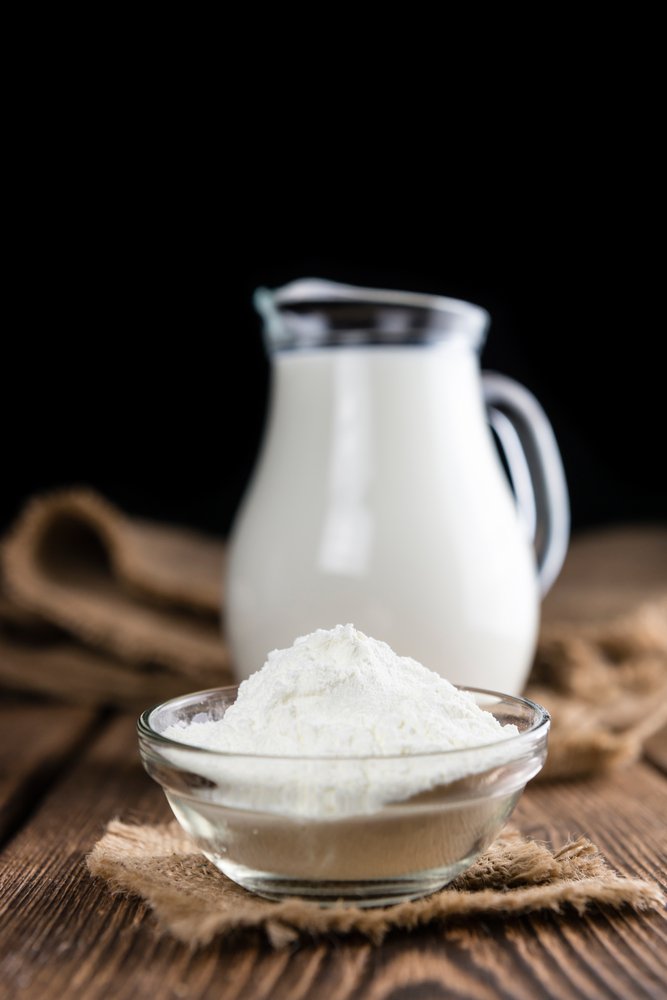
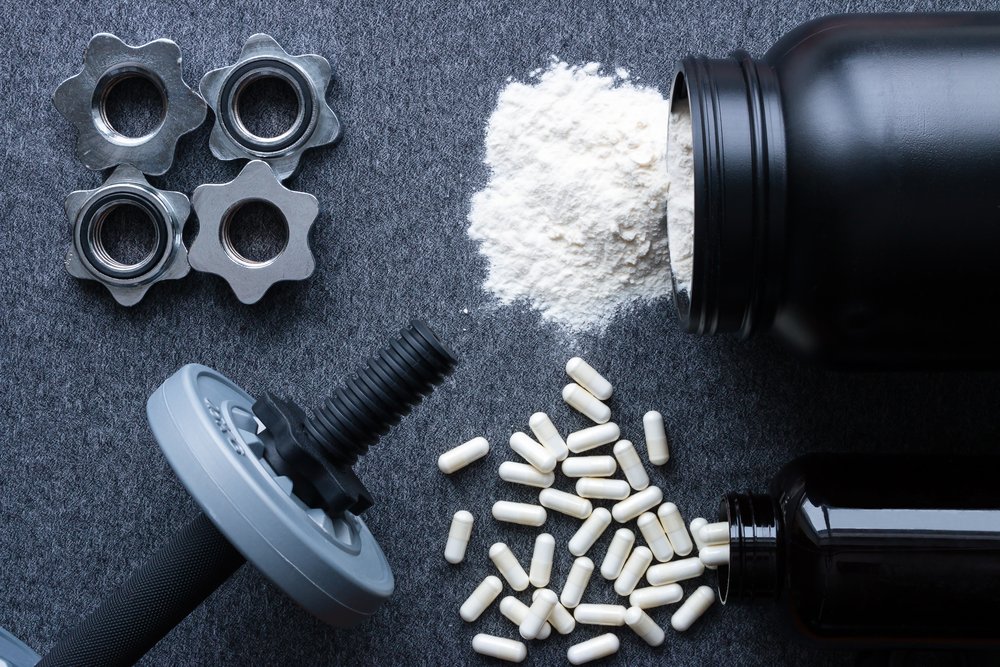
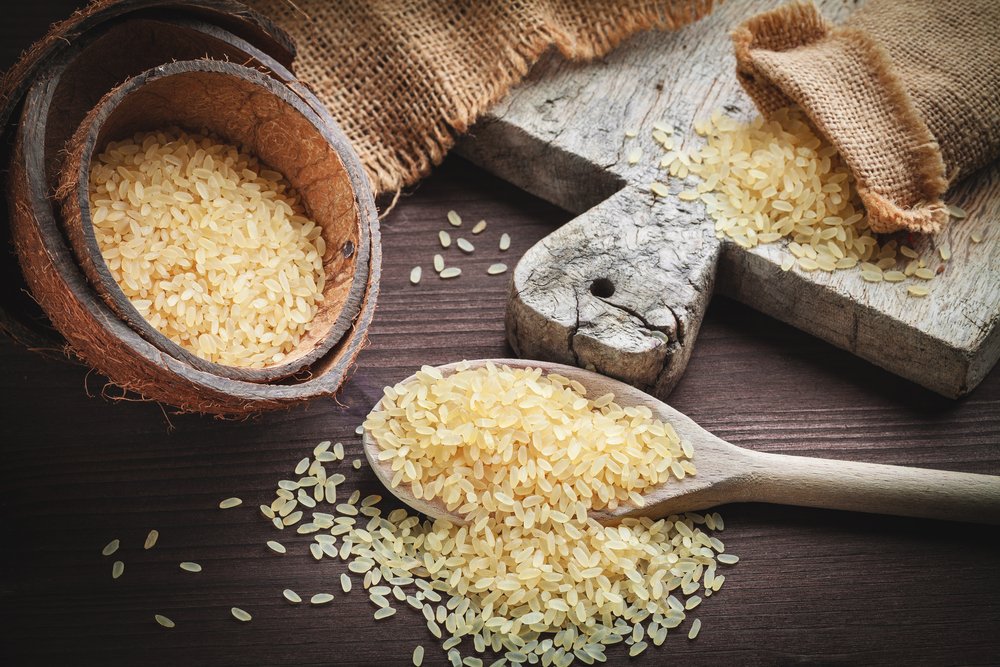
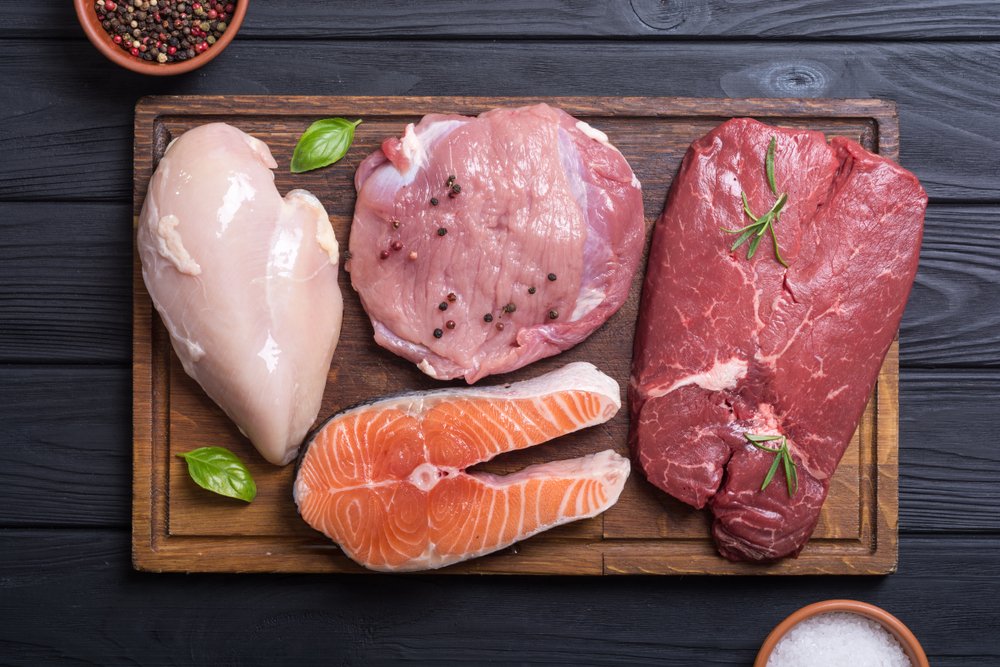
No Comments yet!